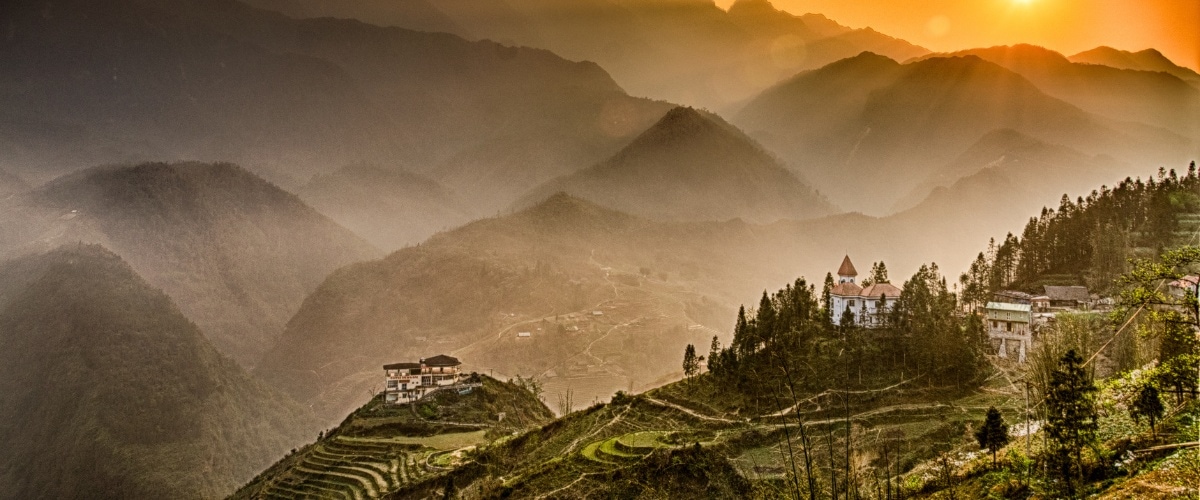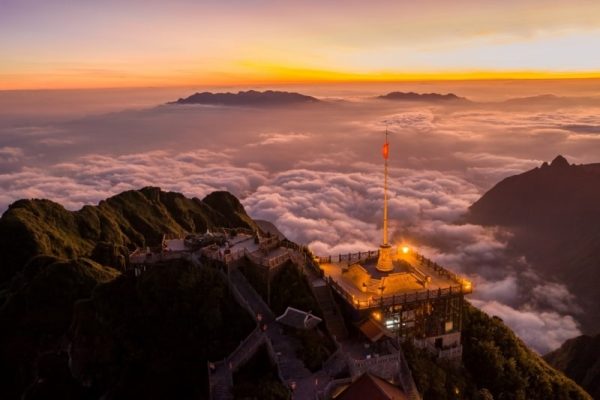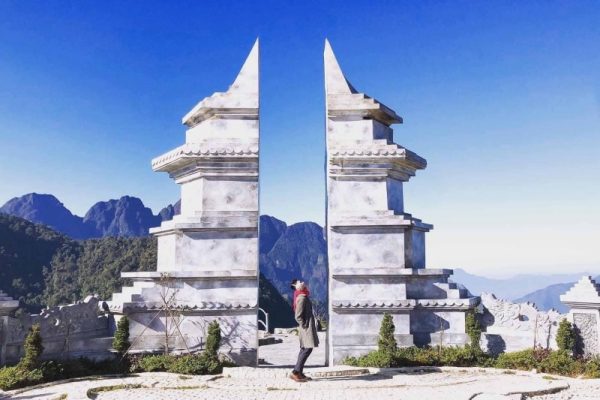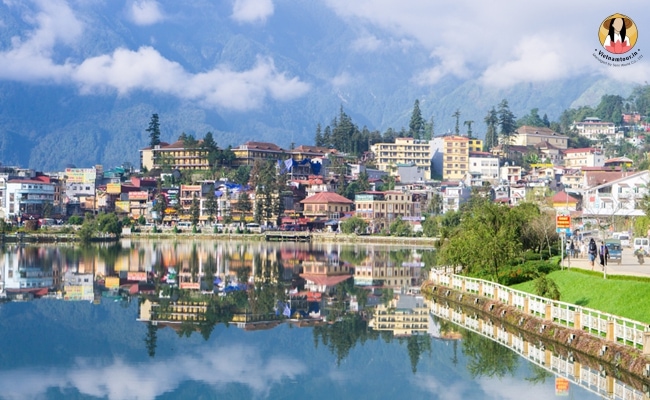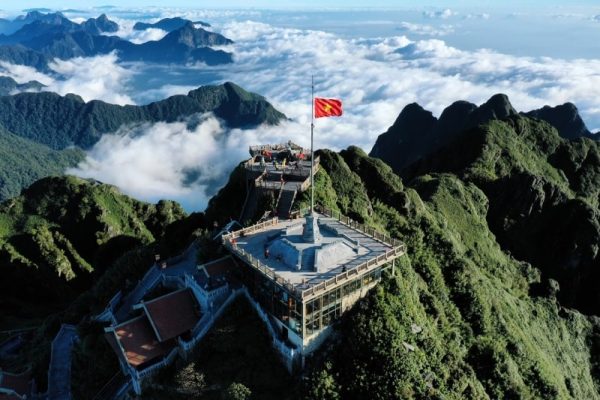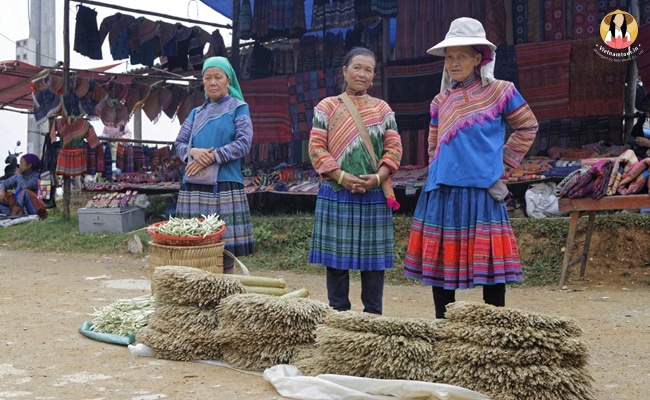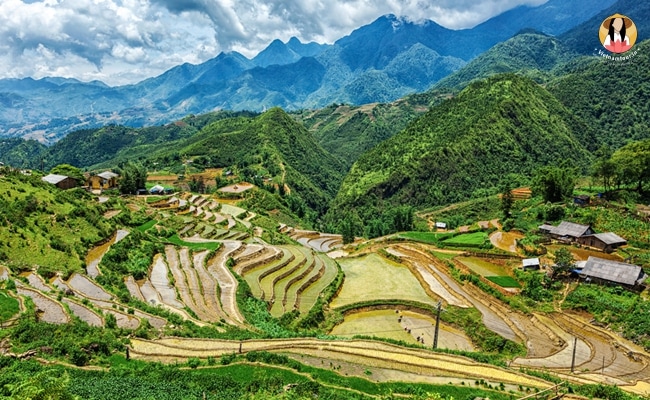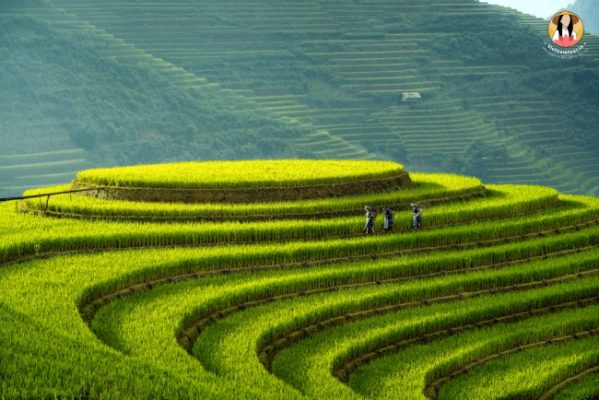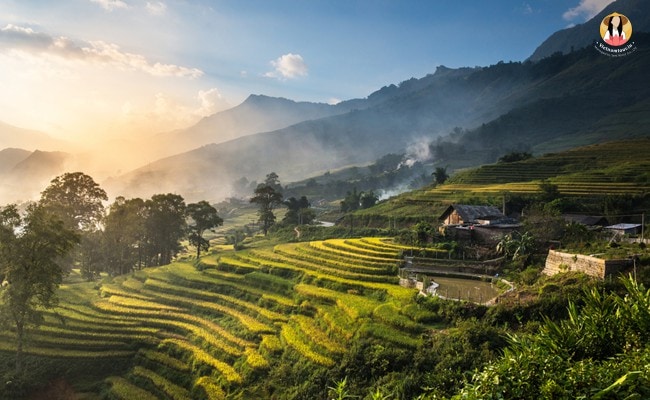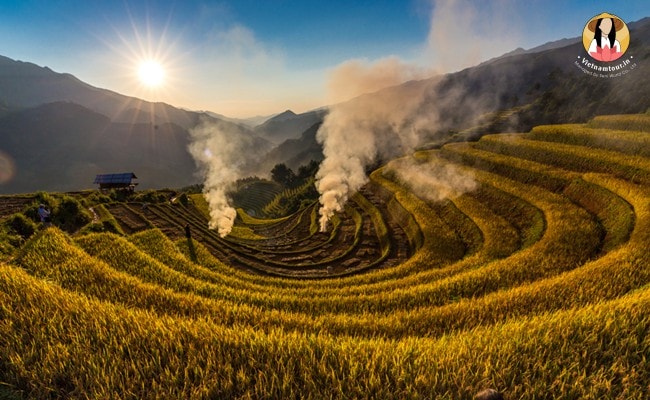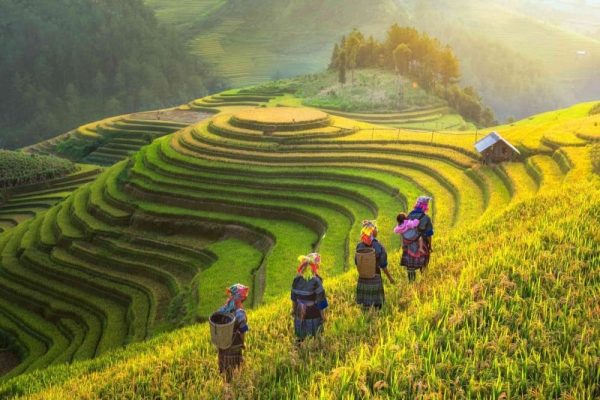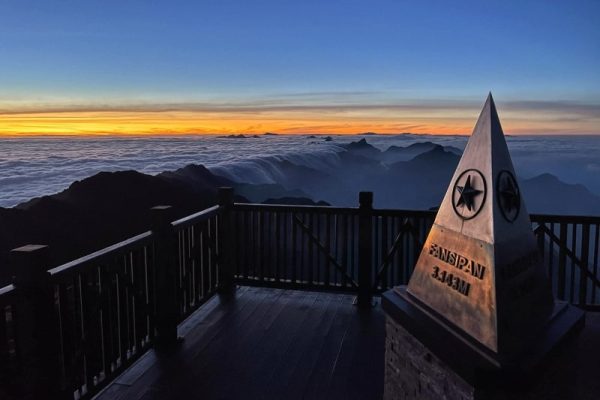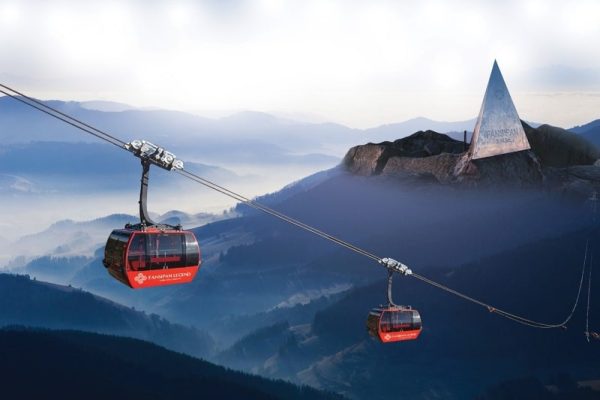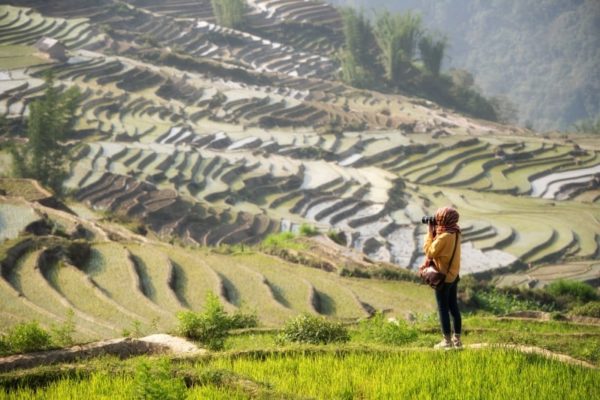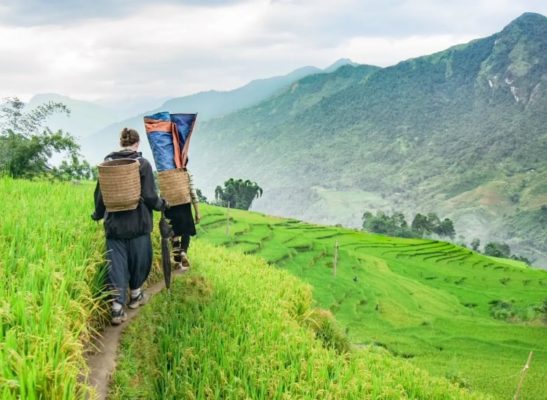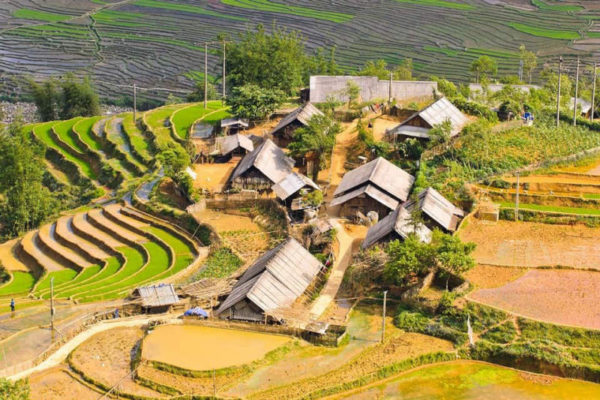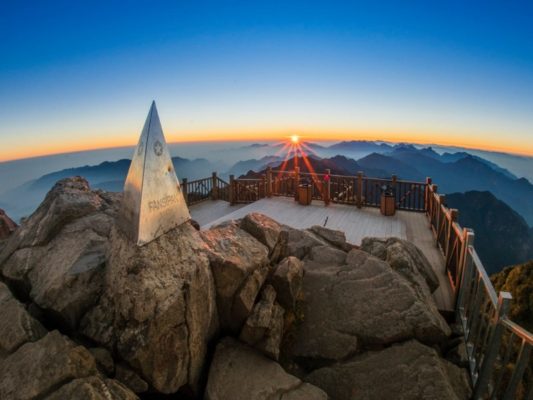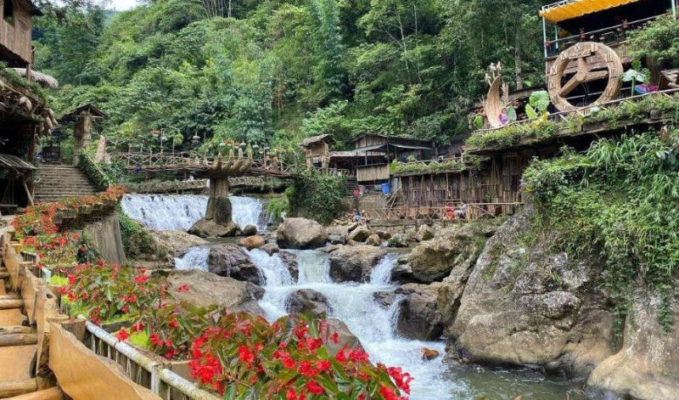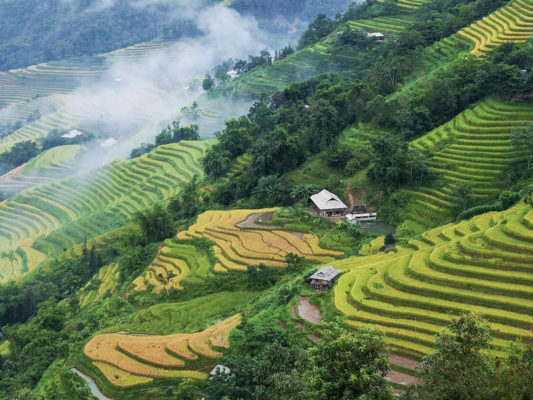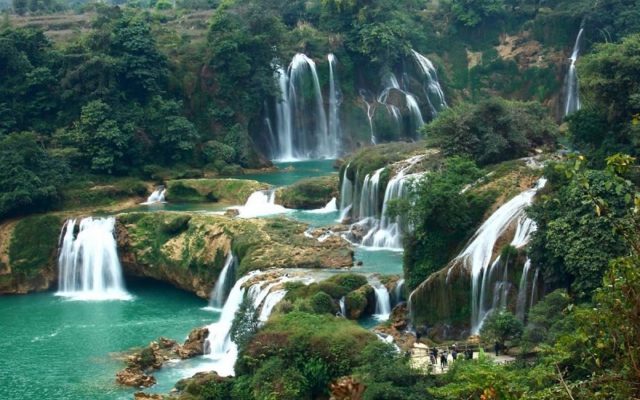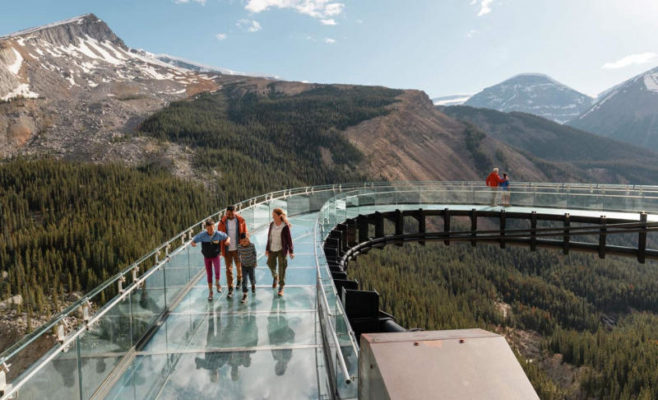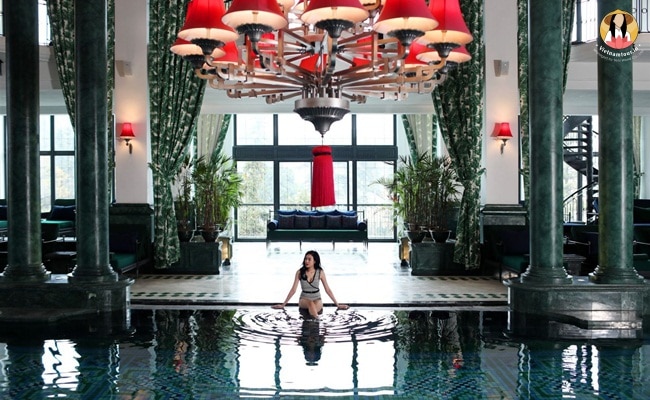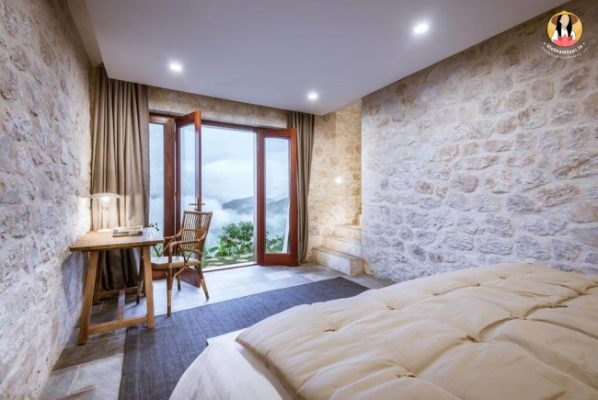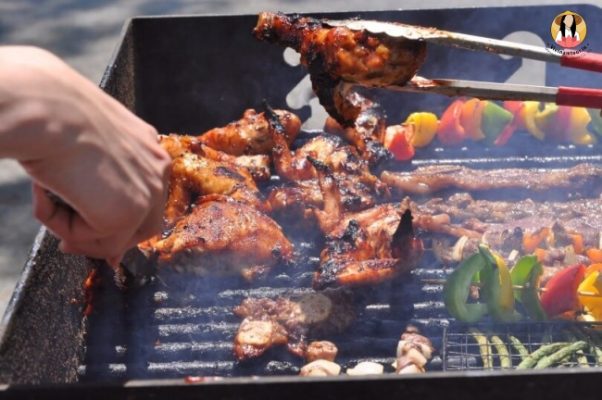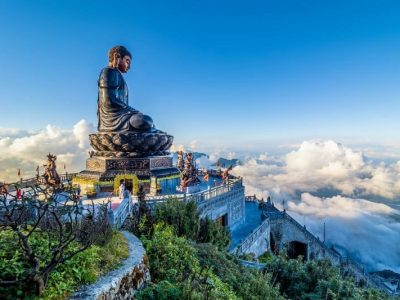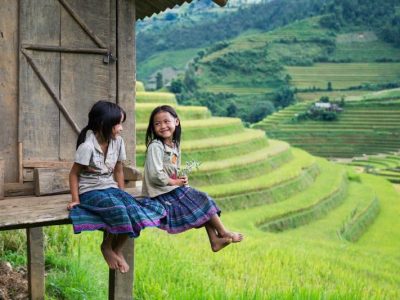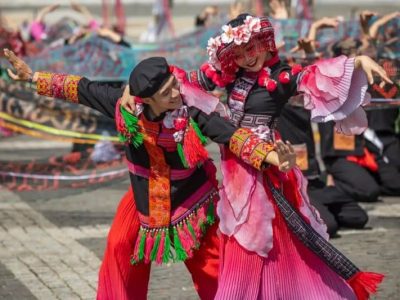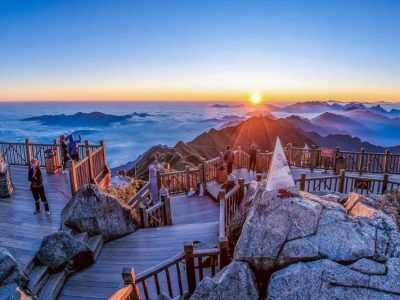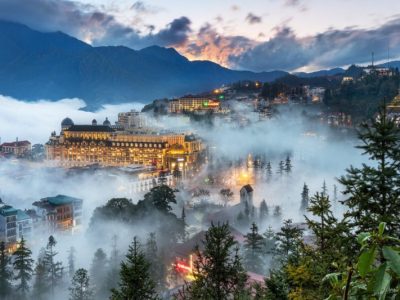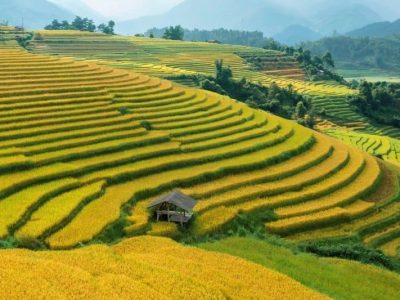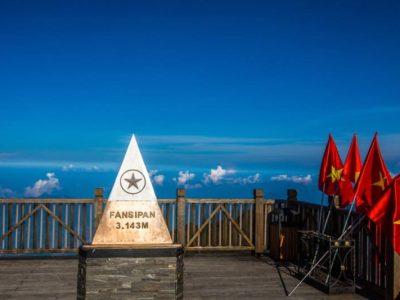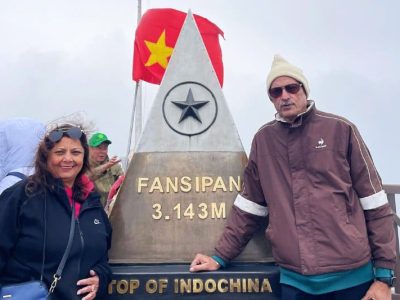Our next destination on your Vietnam trip brings us to the enchanting town of Sapa. This heavenly getaway is located in a picturesque valley surrounded by stunning rice terraces that have been cultivated for centuries. The views are simply breathtaking, with winding roads that lead down to the valley floor, rushing rivers that cut through the rice fields, and verdant mountains that stretch out into the horizon. The jagged ridges are topped by Mount Fansipan, the highest peak in the area, which looms majestically over the town.
Sapa has a cool climate and is suitable for year-round tourism. You just need to avoid the rainy season from June to early August, as extreme weather can cause flash floods, landslides, and erosion.
Sapa weather
Sapa has a cool climate and is suitable for year-round tourism. You just need to avoid the rainy season from June to early August, as extreme weather can cause flash floods, landslides, and erosion.
From February to May, Sapa is in full bloom with hundreds of flowers such as plum blossoms, peach blossoms, and cherry blossoms. Summer from June to August is when tourists come to Sapa to escape the heat and admire the cool green terraced rice fields.
Autumn lasts from September to November, and Sapa is charming in the shimmering yellow of ripe rice and the gradually cooling weather. Winter comes from December to February of the following year, and if you’re lucky, you can “hunt” for snow and ice on the mountain peaks.
How to get to Sapa from India
The most convenient way is to fly from India to Hanoi, and then take a train or bus to Sapa. You then can reach Sapa by taking overnight trains from Hanoi to the neighboring provincial capital, Lao Cai, followed by transfer vans to complete the journey up the mountains. Regular buses and shuttle vans also run from Hanoi and take five to six hours, with stops in the center of town.
Getting around Sapa
As a former hill station, Sapa has many steep roads and pathways, so visitors often get around by foot or by taxi. For adventure-seekers, mountain bikes can be rented to explore the trails along the valley.
Top Lists in Sapa
Attractions in Sapa
Accommodation: Hotels, homestays
Sapa has a variety of accommodation options for you to choose from, including guesthouses, homestays in the villages, hostels, budget hotels, as well as 4-5 star hotels and secluded high-end resorts. Some noteworthy resorts in Sapa include Topas Ecolodge, Sapa Jade Hill, Hôtel de la Coupole – MGallery, and Silk Path Grand.
If you choose to stay in a homestay or hostel, consider staying in villages such as Cat Cat, Lao Chai, and Ta Van to enjoy the peaceful atmosphere of the northwest mountains. Dorm rooms start at 200,000 VND per person, and bungalows for two start at 500,000 VND.
Some popular homestays include Eco Palms House, Heaven Sapa, Viettrekking, Phori’s House, Sapa Heavenly, Rock Garden, Coong, Vuon May, and Mong…
Top things to do in Sapa
- Summit Mount Fansipan: Take a cable car to reach the summit of Mount Fansipan, the highest peak in Indochina. Enjoy stunning views from the top.
- Visit an ethnic minority market: Visit the Bac Ha market on Sundays to see traders from different tribes in their traditional attire and experience a vibrant market atmosphere.
- Go trekking in the hills: Trek through rice terraces, bathe in waterfalls, and experience ethnic culture firsthand. You can explore some villages without a guide.
- Stay in a mountain lodge: Stay in a mountaintop lodge to enjoy simple comfort and stunning views of rice terraces. You’ll also have the chance to interact with farmers.
- Get active: Explore Sapa’s lesser-visited corners by renting a mountain bike. You can also participate in the annual Vietnam Mountain Marathon, which attracts thousands of runners.
What and where to eat
When in Sa Pa, you must try the grilled dishes as they are available everywhere and come in many varieties, from skewered pork and chicken to vegetable rolls and grilled eggs, corn, and bamboo-tube rice. Grilled dishes cost only from 30,000 to 100,000 VND per dish. Additionally, salmon and catfish hotpot or sashimi are also very popular. A hotpot for 3-6 people costs from 300,000 to 600,000 VND.
Some specialty restaurants that tourists can try include A Quynh Thang Co (Thach Son Street), Hotpot Center with fish hotpot (Xuan Vien Street), and Pho Con Sui Ong Ha (468 Dien Bien Phu Street). For young food lovers who want a youthful atmosphere, they should visit Mi Nuong (Dien Bien Phu Street), specializing in charcoal-grilled dishes or Tuk Tuk Chicken Shop, with spicy ribs and cheese-grilled chicken, as well as H’Mong Pizza at Pi’s Boutique.
There are also many cafes in the town center for tourists to choose from. However, if you want to find a quiet space with a view of the valley or mountains, you can visit Coong Cafe (located in the Coong homestay on the way to Cat Cat village), Vietrekking (Hoang Lien Street), or Gem Valley Cafe (Cat Cat village).
Vietnam Itineraries with Sapa
Customizable
7 Days 6 Nights
Ho Chi Minh City - Mekong Delta - Hanoi - Sapa - Halong Bay
From Rs. 49,432
Per person (based on 2 adults)
Customizable
7 Days 6 Nights
Hanoi - Sapa - Halong Bay
From Rs. 42,237
Per person (based on 2 adults)
Customizable
9 Days 8 Nights
Hanoi - Sapa - Halong Bay - Da Nang - Hoi An - Ho Chi Minh City
From Rs. 61,515
Per person (based on 2 adults)
Customizable
9 Days 8 Nights
Hanoi - Sapa - Halong Bay - Da Nang - Hoi An - Ho Chi Minh City
From Rs. 61,515
Per person (based on 2 adults)
Customizable
9 Days 8 Nights
Hanoi - Sapa - Halong Bay - Da Nang - Hoi An - Ho Chi Minh City
From Rs. 61,515
Per person (based on 2 adults)
Customizable
7 Days 6 Nights
Hanoi - Sapa - Halong Bay
From Rs. 42,237
Per person (based on 2 adults)
Customizable
7 Days 6 Nights
Hanoi - Sapa - Halong Bay
From Rs. 42,237
Per person (based on 2 adults)
Customizable
7 Days 6 Nights
Ho Chi Minh City - Mekong Delta - Hanoi - Sapa - Halong Bay
From Rs. 49,432
Per person (based on 2 adults)
- 1
- 2
FAQs about Sapa
Sapa is an ideal place for Indian travelers for several reasons. Firstly, the scenic beauty of Sapa is simply breathtaking with its stunning mountainous landscapes, rice terraces, and picturesque villages. Secondly, Sapa offers a unique cultural experience, where visitors can interact with ethnic minority groups and learn about their traditions and way of life. Additionally, the climate in Sapa is cool and refreshing, making it a perfect escape from the hot and humid weather in India. Finally, there are several adventure activities available in Sapa, such as trekking and hiking, that provide an exciting and memorable experience.
The most convenient way is to fly from India to Hanoi, and then take a train or bus to Sapa.
Sapa has a cool climate all year round, but the best time for Indian travelers to visit is from September to November or from March to May.
Indian travelers can enjoy trekking to the villages of the ethnic minorities, visiting the colorful markets, and exploring the scenic rice terraces.
Sapa is famous for its traditional dishes such as thang co (horse meat soup) and grilled pork, but there are also vegetarian and Indian food options available in the town.
It is recommended for Indian travelers to spend at least 2-3 days in Sapa to fully experience the beauty and culture of the area.
Indian travelers can choose to rent a motorbike, take a taxi, or hire a local guide to get around Sapa and its surrounding areas.

